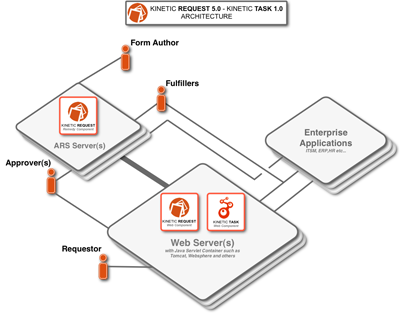What’s New at Kinetic: Building Smart in 2026
At Kinetic, we believe the future of Business Process Management isn’t bigger—it’s smarter.
By Nancy Nafziger

By Nancy Nafziger
So what exactly is Service Request Management? According to Wikipedia, service request management, a key component of an actionable service catalog is the underlying workflow and processes that enable an IT procurement or service request to be reliably submitted, routed, approved, monitored, and delivered. Service Request Management is the process of managing a service request through its lifecycle from submission through delivery and follow up.
 What’s the core reason for Request Management? In a nutshell, Request Management empowers organizations to standardize and automate service delivery management processes in order to increase productivity, improve response time, cut costs, and deliver superior business performance.
What’s the core reason for Request Management? In a nutshell, Request Management empowers organizations to standardize and automate service delivery management processes in order to increase productivity, improve response time, cut costs, and deliver superior business performance.
What does a Request Management solution actually do? It automates the processing and approval tasks for business service it provisioning. Often, organizations associate Request Management with IT departments only. However, this is not the case—it can be used beyond IT. It is an enterprise-wide solution. Multiple departments have Request Management needs.
For example, what large organization doesn’t have HR onboarding process needs? Request Management enables HR departments to control request approvals and implement workflows that automatically process onboarding requests. It also provides visibility for tracking purposes, which is critical to HR departments.
What Request Management features are important to consider when looking for an enterprise solution?
Here are some of the key considerations to mull over when selecting a Request Management solution.
Select a Request Management technology that is:
If you are looking for a Request Management application, a good solution to take a look at is Kinetic Request bundled with Kinetic Task.
Hopefully, this gives you a few things to think about when considering a Request Management solution for the enterprise. I’ll continue to dive deeper in my next blog.

At Kinetic, we believe the future of Business Process Management isn’t bigger—it’s smarter.

IT support automation uses software workflows, rule engines, AI/ML, and integrations to automate...

Business process reimagined is the strategic renewal of how work gets done by combining modern digital...